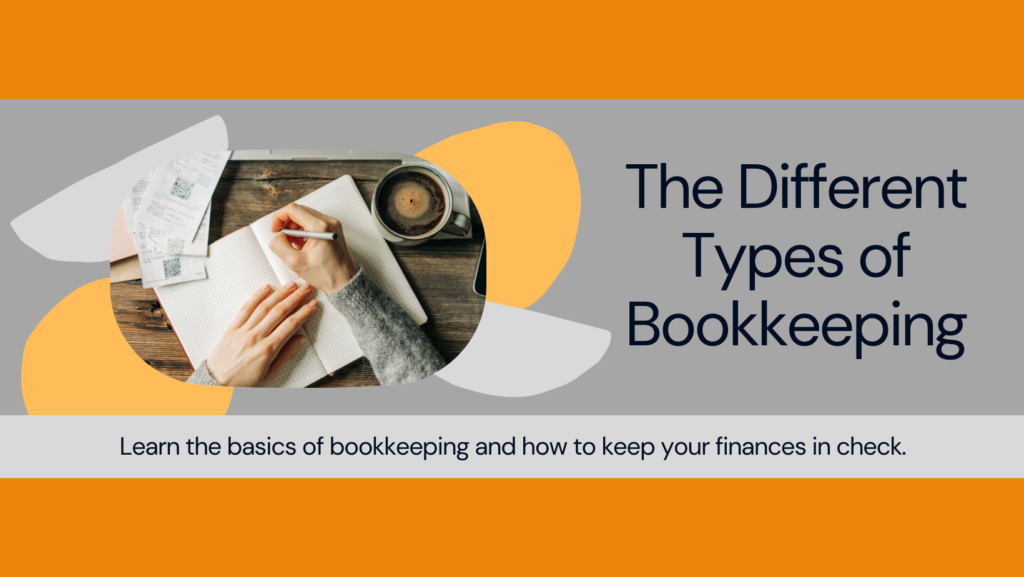Bookkeeping is an essential aspect of managing your business finances.
It involves the systematic recording and organisation of financial transactions, ensuring that you have an accurate and up-to-date picture of your company’s financial health.
There are several different types of bookkeeping methods to choose from, each with its own set of advantages and considerations.
In this article, we will explore the various types of bookkeeping and help you decide which one is right for your business.
Single-Entry Bookkeeping:
Single-entry bookkeeping is a straightforward and basic method of recording financial transactions.
In this approach, each transaction is recorded only once, typically in a cash book or spreadsheet.
It is a suitable choice for small businesses with minimal transactions and uncomplicated financial operations, as it does not require any specialised accounting skills or software.
Single-entry bookkeeping is easy to set up and maintain, making it a cost-effective option for startups and sole traders.
However, single-entry bookkeeping has some limitations. It does not provide a complete picture of the business’s financial health, as it does not take into account the relationship between transactions or provide any detailed financial reports.
Double-Entry Bookkeeping:
Double-entry bookkeeping is the most widely used method and is often considered the gold standard for accuracy and financial control.
It involves recording each transaction twice, once as a debit and once as a credit.
This method ensures that the accounting equation (Assets = Liabilities + Equity) always balances and provides a complete picture of the business’s financial health.
While double-entry bookkeeping requires more specialised accounting skills and software than single-entry bookkeeping, it offers a comprehensive view of your financial position, making it suitable for medium to large businesses and those with complex financial structures.
Accrual Basis Bookkeeping:
Accrual basis bookkeeping records revenue and expenses when they are earned or incurred, regardless of when the cash is exchanged.
This method provides a more accurate representation of a company’s financial performance over time, making it essential for businesses that rely on credit sales or have long-term contracts.
However, it can be complex to implement and may require additional tracking of accounts receivable and accounts payable.
Cash Basis Bookkeeping:
Cash basis bookkeeping records revenue and expenses as they are received or made, making it more straightforward than accrual accounting.
It is best suited for small businesses that deal with minimal transactions and operate on a cash or near-cash basis.
Hybrid Bookkeeping:
Some businesses opt for a hybrid approach, combining elements of both accrual and cash basis bookkeeping.
This allows them to maintain a more realistic cash flow view while also keeping track of long-term financial commitments.
Hybrid bookkeeping can be a good choice for businesses with both short-term and long-term financial obligations.
Choosing the right bookkeeping method for your business is a crucial decision that can impact your financial control, reporting accuracy, and overall business success.
It is important to evaluate your business’s size, complexity, and financial activities when making this choice.
While small businesses may thrive with single-entry or cash basis bookkeeping, larger enterprises often benefit from the accuracy and detail provided by double-entry or accrual basis bookkeeping.
Remember that bookkeeping doesn’t have to be a do-it-yourself task. Many businesses turn to professional bookkeepers or use bookkeeping software to ensure that their financial records are accurate and compliant with tax regulations.
Whichever method you choose, the key is to stay consistent and maintain accurate records to make informed financial decisions and maintain a healthy financial bottom line.
Bookkeeping is the foundation of your financial success, so choose wisely and invest the time and resources necessary to get it right.

